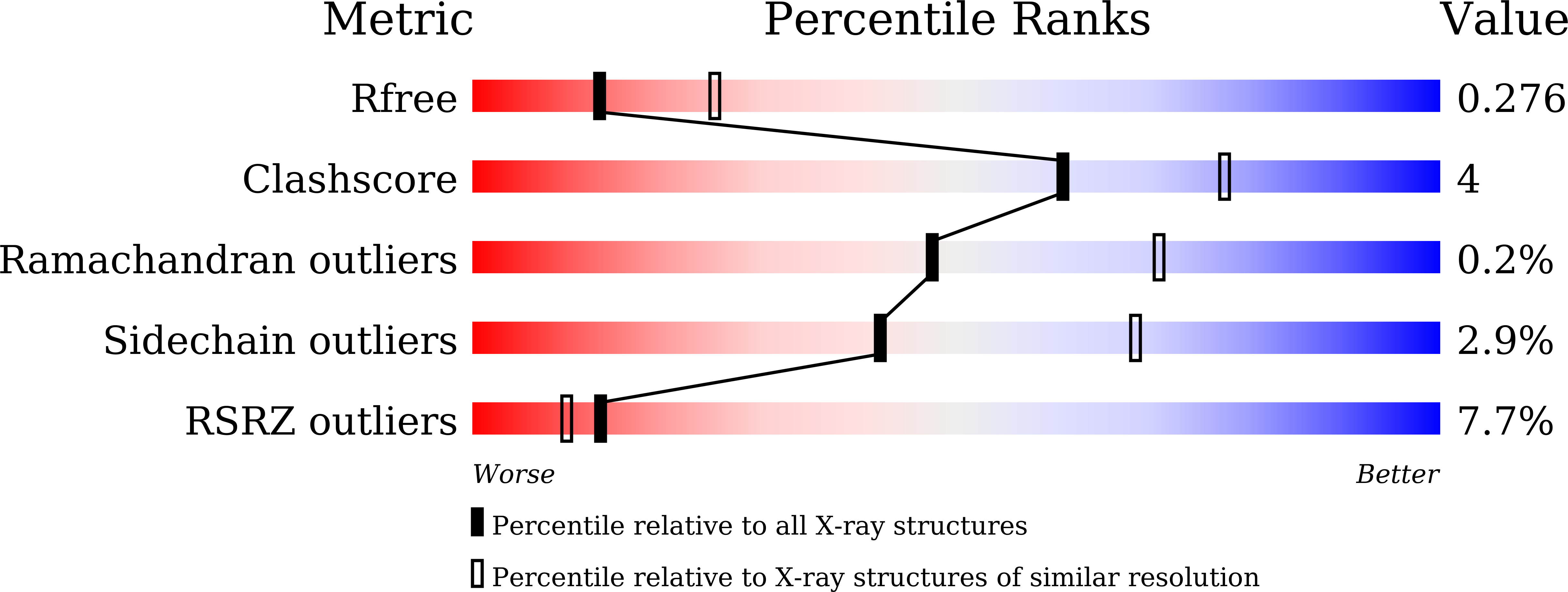
Deposition Date
2021-02-09
Release Date
2021-11-10
Last Version Date
2024-05-29
Entry Detail
PDB ID:
7E40
Keywords:
Title:
Mechanism of Phosphate Sensing and Signaling Revealed by Rice SPX1-PHR2 Complex Structure
Biological Source:
Source Organism:
Oryza sativa subsp. japonica (Taxon ID: 39947)
Enterobacteria phage T4 (Taxon ID: 10665)
Enterobacteria phage T4 (Taxon ID: 10665)
Host Organism:
Method Details:
Experimental Method:
Resolution:
2.60 Å
R-Value Free:
0.27
R-Value Work:
0.22
R-Value Observed:
0.22
Space Group:
P 21 21 21


